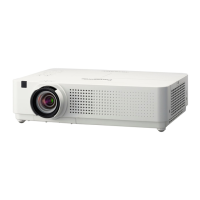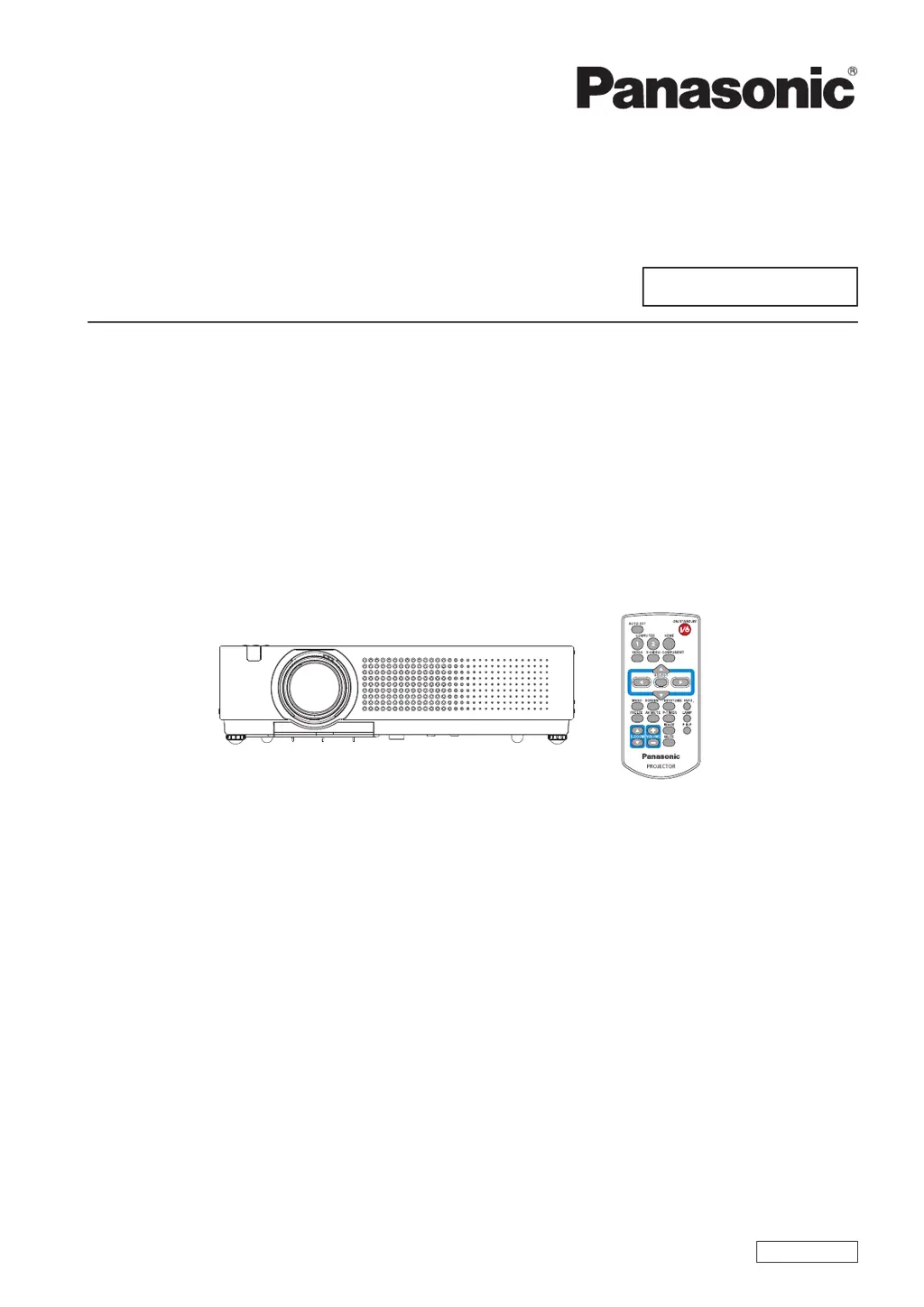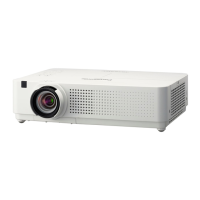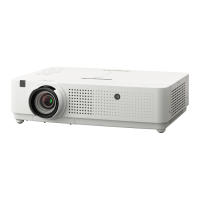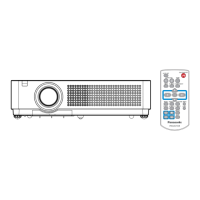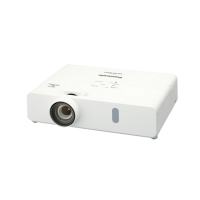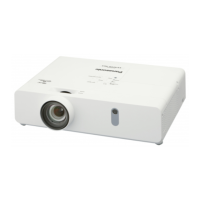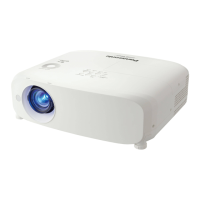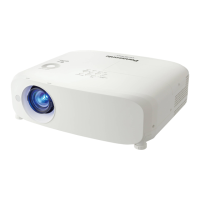Why does my Panasonic PT-VX400 power not turn on?
- TTara SmithAug 17, 2025
Your Panasonic Projector might not be turning on due to several reasons. First, ensure the power cord is properly connected to both the projector and the wall outlet. Check that the wall outlet has electric supply and that the circuit breakers haven't tripped; reset them if necessary. Also, verify that the lamp cover is securely installed. Finally, check the status of the , , and indicators.
